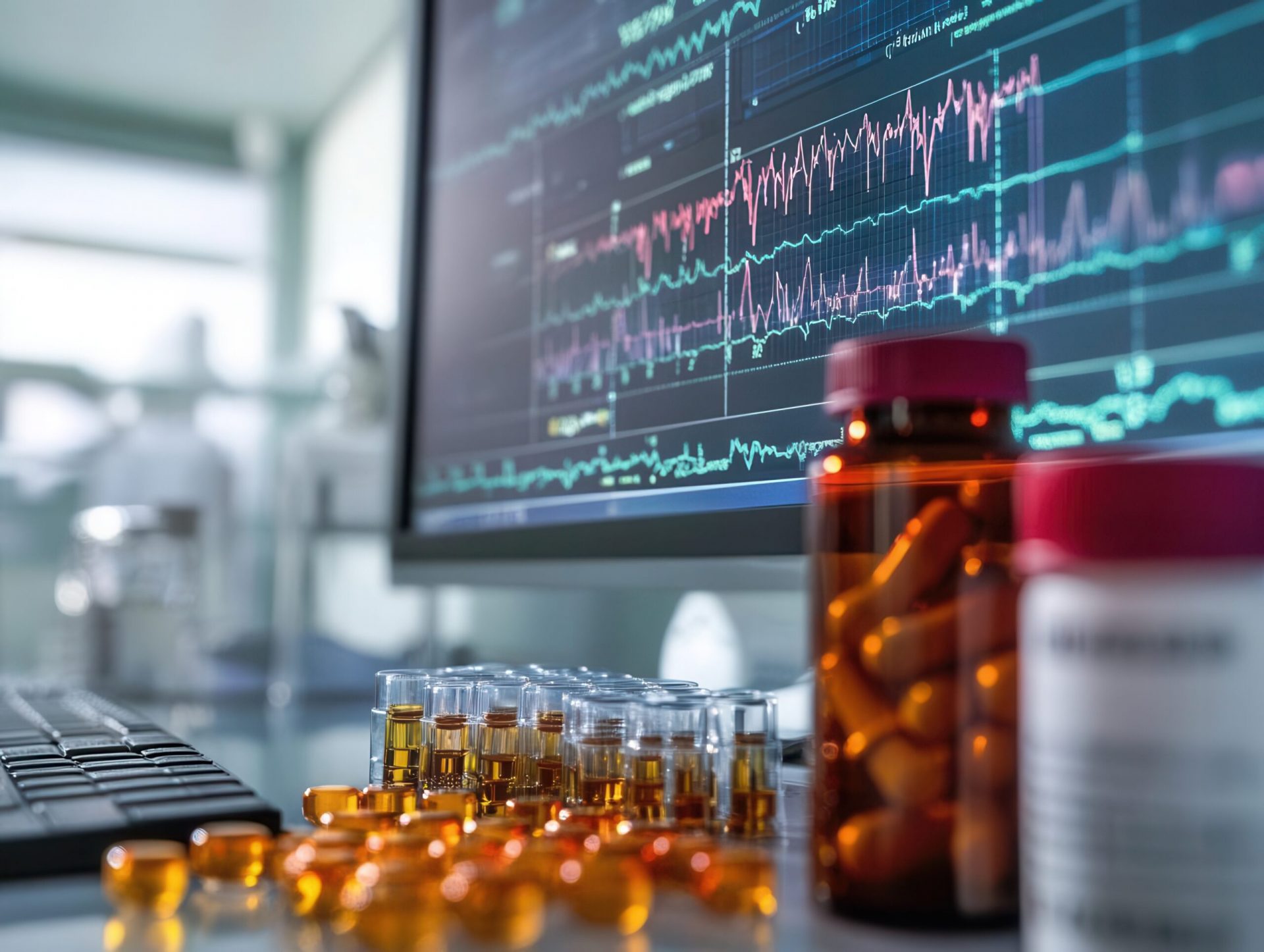From Data to Decisions: How AI, Real-World Evidence, and Cloud Platforms are Transforming Pharmacoepidemiology

- Aug 21, 2025
- 7 Min. Read
The Power of Commercial RWD: Pharmacoepidemiology is at an inflection point. Once constrained by siloed data and slow analytic cycles, it is now energized by commercial real-world data (RWD) and AI-enabled platforms that make near–real time evidence generation possible.
Commercial RWD providers offer claims, EHR, laboratory, pharmacy, genomic, mortality, and social context data, along with privacy-preserving record linkage that creates de-duplicated longitudinal patient journeys. The national scale, multimodal breadth, and temporal depth of these assets enable researchers to study rare events, track outcomes over years, and analyze patterns of care in diverse populations. Persistent identifiers and standardized structures mean that once a cohort definition or analysis is built, it can be reused across studies—driving efficiency and making critical evidence available faster.
Clean Rooms as a Foundation for Scientifically Sound AI: Clean rooms have become essential for working with commercial RWD. These governed environments bring the code to the data, preserving privacy while accelerating feasibility checks and study design. Researchers can rapidly assess whether enough cases exist, whether follow-up is sufficient, and whether variables are complete and consistent.
They are also proving grounds for “fit-for-purpose AI.” Analysts can validate whether models are trained on representative cohorts, whether input features are reliable, and whether outputs align with scientific and regulatory expectations—all without sensitive data leaving the environment. Every query is logged, access is controlled, and only aggregated, approved results exit—building trust in both the science and the technology.
Accelerating Safety Signal Detection: Cloud-based platforms are redefining the speed of drug safety surveillance. Secure workspaces give analysts point-and-click cohort tools alongside SQL, Python, and R environments. Elastic computing and distributed processing allow complex analyses to run in hours rather than days. GPU capabilities open the door for natural language processing of clinical notes, advanced ML signal detection, and even AI-assisted evidence synthesis.
Automated quality checks flag issues like missing data or inconsistent units before results are finalized, reducing false alarms. The bottleneck is no longer data access—it is how fast data can be transformed into trusted evidence.
Advancing Active Safety Surveillance: Commercial data providers are applying advanced AI to ingest, link, and harmonize data faster than ever before. When coupled with scalable computing, this makes ongoing, active safety monitoring practical. Analysts can rerun standardized safety checks each time new data arrives, surfacing signals sooner and with greater consistency.
This approach has already been applied to high-stakes settings, such as myocarditis surveillance during the COVID-19 vaccine rollout. It is increasingly used to track emerging risks in new drug classes, such as pancreatitis among patients starting GLP-1 receptor agonists. These are not abstract capabilities—they are real-world demonstrations of AI-enhanced pharmacoepidemiology.
Studying Rare and Late Effects: National coverage and long-term follow-up make commercial RWD indispensable for examining outcomes that are uncommon or take years to manifest. Studies of atypical femur fractures with long-term bisphosphonate use, or aortic aneurysm risk after fluoroquinolones, illustrate the potential.
AI techniques—causal inference modeling, advanced propensity scoring, and machine learning for sparse signal detection—strengthen these analyses. They ensure definitions, censoring rules, and follow-up periods are consistently applied, making results more reproducible, interpretable, and actionable.
Understanding Effects in Diverse Populations: Commercial RWD captures care across payers, geographies, and settings, making it possible to study populations often absent from clinical trials. Researchers can assess treatment effects across age groups, comorbidities, pregnancy status, and social contexts.
With AI-powered tools for propensity scoring, subgroup analysis, and fairness checks, comparisons become not only feasible but also more equitable. This is where pharmacoepidemiology and AI intersect most powerfully: extracting insight from diversity rather than being limited by it.
Pharmacoepidemiology in Motion: Pharmacoepidemiology is evolving from retrospective assessment to an active, learning system. Commercial RWD, secure clean rooms, scalable cloud computing, and AI-powered analytics together enable evidence generation at the pace of public health need.
Looking ahead, richer data streams—wearables, patient-reported outcomes, genomic and imaging data—will expand the scope of inquiry. Advances in AI-driven phenotyping, federated analytics, and causal inference will allow increasingly complex questions to be studied without compromising privacy. Automated quality assurance and real-time ingestion will further shorten the time between a clinical question and actionable evidence.
The challenge now is not simply technical. It is to ensure these tools are deployed in scientifically rigorous, ethically aligned, and regulator-ready ways. If achieved, this convergence of data, AI, and infrastructure will not only accelerate drug safety and effectiveness studies but will also enhance trust in the very evidence base that informs clinical care and policy decisions.
